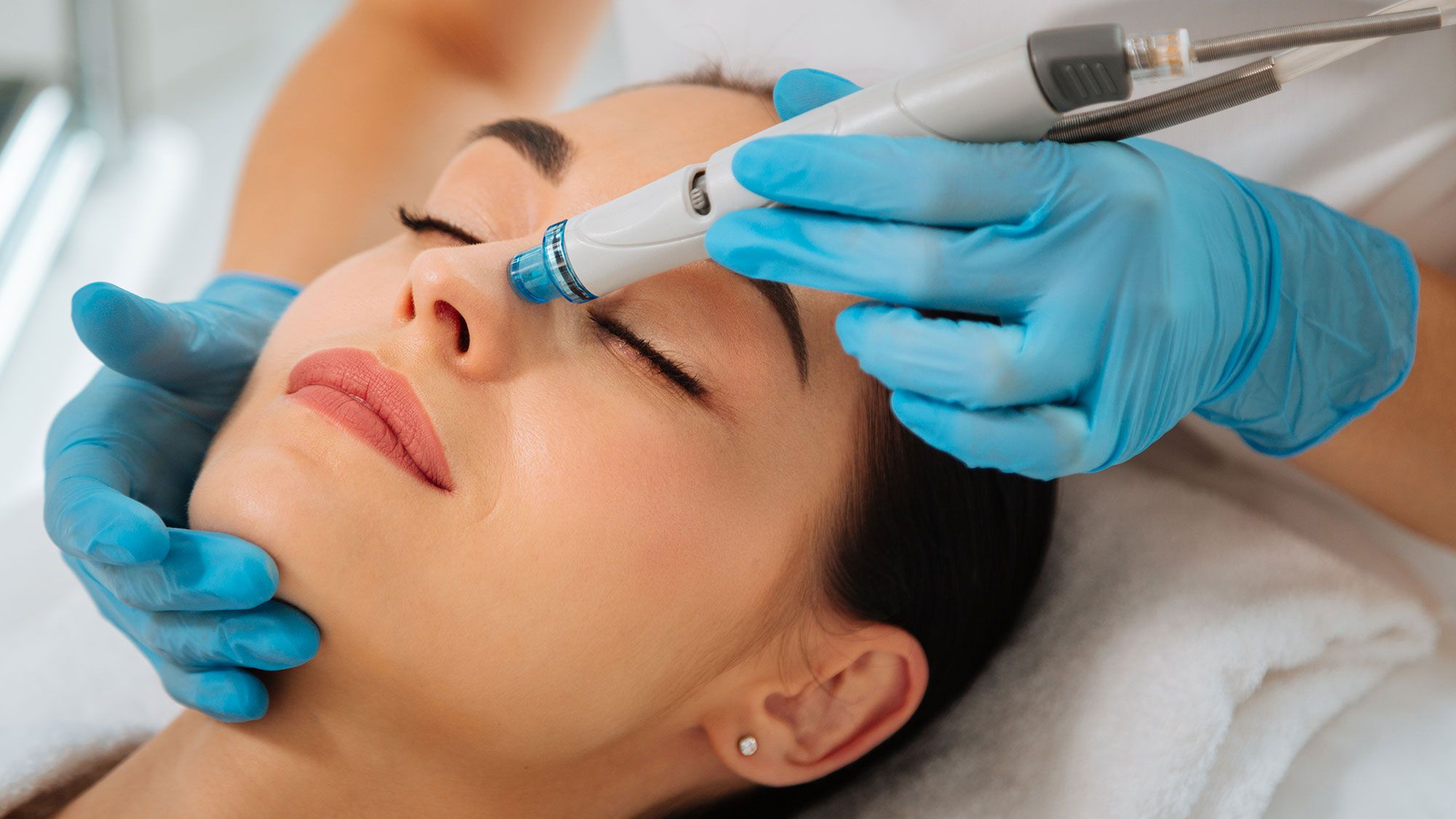Everyone desires smooth and glowing skin, which is why people spend a fortune on oils, creams, and serums to achieve a natural glow. While everyday skincare helps with maintenance, it may not address imperfections such as blackheads, acne, and anti-aging concerns. Today, Londonderry Hydrafacial is becoming an in-demand service because it offers instant results. Most people notice brighter and firm skin immediately after the first hydrafacial treatment.
What is hydrafacial?
Hydrafacial is a patented treatment known for its three-step process: deep cleansing, exfoliating, and hydration. Treatment is available in dermatology offices and medical spas, but it is more than your typical spa treatment because it is a way to pursue and maintain long-term skin health. A hydrafacial is similar to microdermabrasion – a treatment that involves sanding your skin using an abrasive instrument, removing the thicker, uneven outer skin.
However, a hydrafacial goes beyond removing the outermost skin layer. The device used during a hydrafacial has a suction tip that removes dead skin cells from your skin’s surface. Once the skin is exfoliated, your provider applies moisturizing serum with antioxidants; that brings all the difference.
How safe is a hydrafacial?
A hydrafacial treatment is generally safe and can benefit people of all skin types. However, like any other treatment, it is essential to consult your doctor to establish your eligibility for the procedure. Although a hydrafacial is a low-risk procedure, your provider may caution against treatment if you have sunburn, an active rush, or moderate to severe acne or rosacea.
Pregnant women are also not the best candidates for a hydrafacial due to some ingredients used during treatment. For example, providers use salicylic acid during treatment, a product that has not been tested and proven safe during pregnancy. Therefore, you must check with your obstetrician or dermatologist if you are pregnant and considering a hydrafacial.
If your dermatologist gives you the go-ahead, you may have to tweak your regular skincare routine before treatment. For example, you may need to discontinue prescription creams for a few days before a hydrafacial to avoid skin irritation.
What happens during a hydrafacial treatment?
The first step of a hydrafacial is exfoliating – the process of eliminating dead skin cells from the outermost skin layer. During this step, your provider uses a wand to remove dirt and oils clogged inside your pores. You shouldn’t feel any pain, but you may feel light pressure from the wand. Besides unclogging your pores, exfoliation leaves your skin looking brighter, and with long-term use, it increases collagen production.
For the second step, your provider uses a vacuum-like attachment on the wand to extract debris from your pores. The third and final step involves infusing serums into your skin to reduce the appearance of dull skin, large pores, hyperpigmentation, and fine lines and wrinkles. The type of serum your doctor uses depends on the skin imperfections you want to address. You may notice that your complexion looks better even immediately after treatment.
Book an appointment with your provider at Inbloom Health + Medispa for a hydrafacial to achieve smoother and brighter skin.





